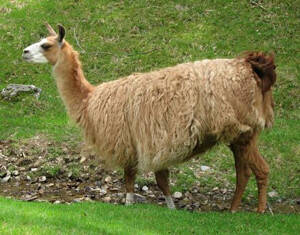
The llama (Latin scientific name: Lama glama, English name: llama) is the heaviest and largest South American alpaca in South America.Llamas are social animals and are trained to use nooses and lead the way after weaning. They are very friendly. They are extremely curious and happy to interact with...
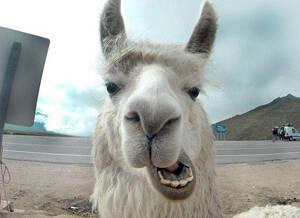
The alpaca (scientific name Vicugna pacos, English name Alpaca) native to South America is also known as the Grass Mud Horse in my country. It is one of the top ten mythical beasts spoofed by Chinese netizens, and originated from Baidu World of Warcraft. The top ten mythical beasts, including the Gr...
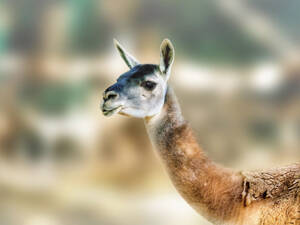
Guanaco (scientific name: Lama guanicoe) is a docile herbivore with four subspecies.Guanacos like to form small groups, with 4-10 females led by a male. The territory is marked by the accumulation of feces in the group. Male guanacos fight for territory by colliding with each other and spitting. You...
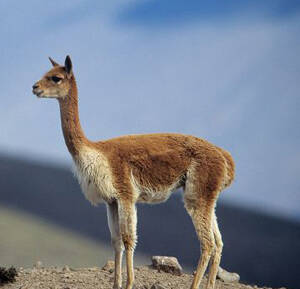
Llama (scientific name: Vicugna vicugna) is also known as Vicuna in English. It has three subspecies and is a large mammal.The llama is a unique animal on the semi-arid grasslands at an altitude of 3,500 to 5,750 meters in the Andes Mountains of Peru, Bolivia, Argentina and Chile. It can carry goods...
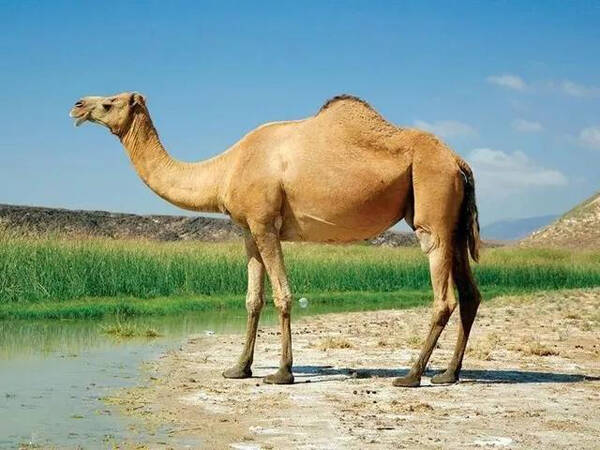
The dromedary camel (scientific name: Camelus dromedarius) is also known as dromedary in English. It has no subspecies and is slightly taller than the Bactrian camel. It has a thinner body and longer legs than the Bactrian camel.Camels are quite able to endure hunger and thirst. After drinking enoug...
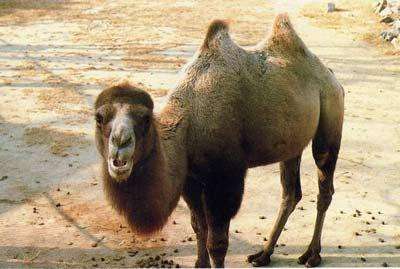
Bactrian Camel, a monotypic species, a giant ungulate, with no valid subspecies.Wild camels are good at running, agile, quick to react, and have a very strong sense of smell. Some people believe that they rely on their sense of smell to find water in the desert, or they may rely on their unique gene...
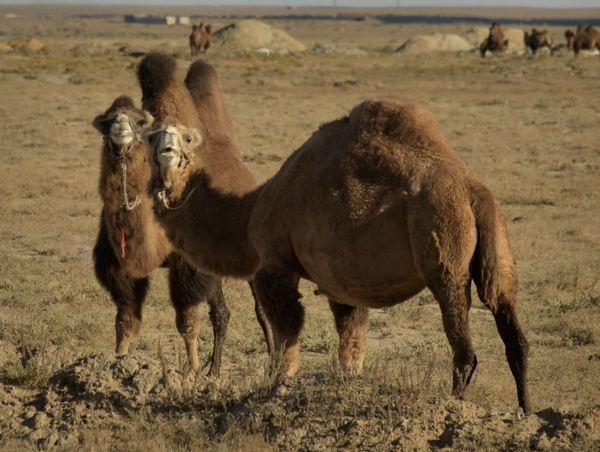
Camels, known for their unique ability to survive in some of the harshest environments on Earth, are often recognized by the humps on their backs. However, not all camels have the same number of humps—some have one, while others have two. This fascinating characteristic raises the question: Why do...
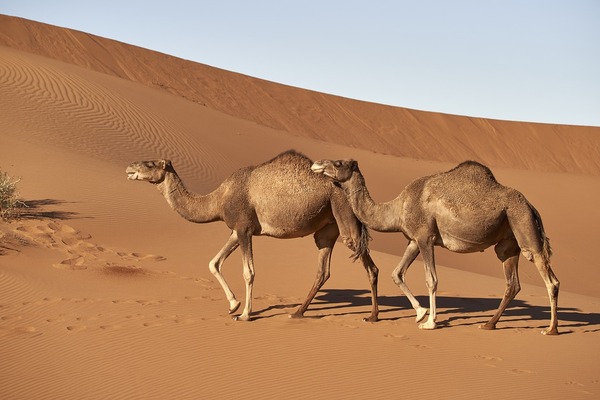
Camels are often called the “ships of the desert” due to their incredible ability to survive in the harsh desert environment. One of the most common questions people ask about camels is: Can camels die from thirst in the desert? This question arises from the misconception that camels can go withou...